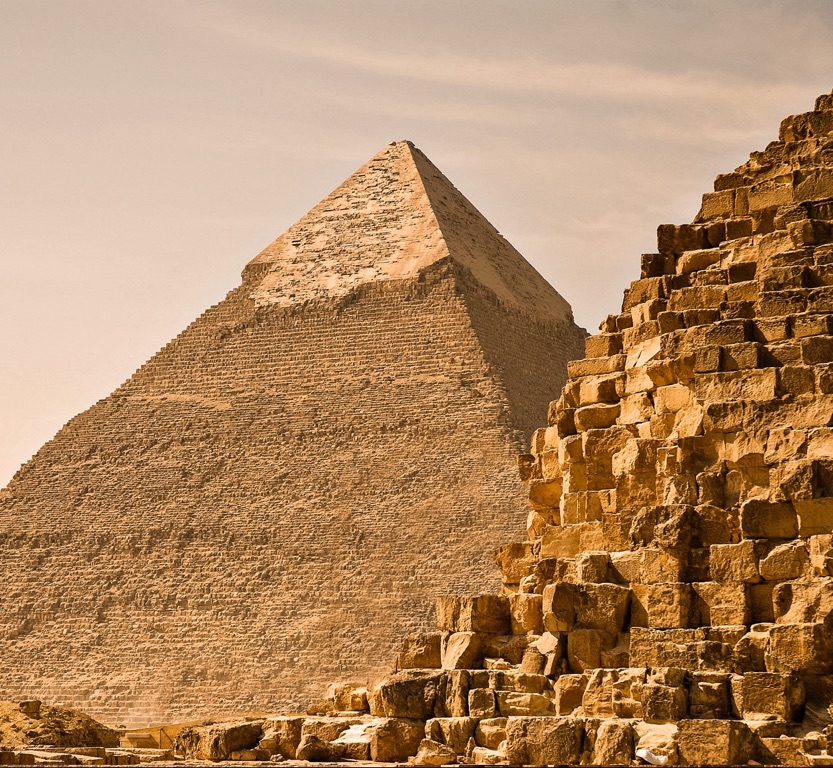Summary
The Legacy of the Pyramids
The Egyptian Pyramids stand as a testament to the ancient world’s astonishing architectural achievements. These monuments, constructed over several millennia, symbolize the zenith of Egyptian funerary culture. They served as elaborate tombs for pharaohs, reflecting their power and the belief in an afterlife. The most iconic among these are undoubtedly the pyramids at Giza, with the Great Pyramid of Khufu holding the title of the last standing wonder of the ancient world. These limestone-cased structures encapsulate the prowess of Old Kingdom Egypt, drawing tourists and scholars alike to ponder over their construction mysteries. Their precise alignment with the stars and monumental scale continue to spur endless fascination and admiration.
Get your dose of History via Email
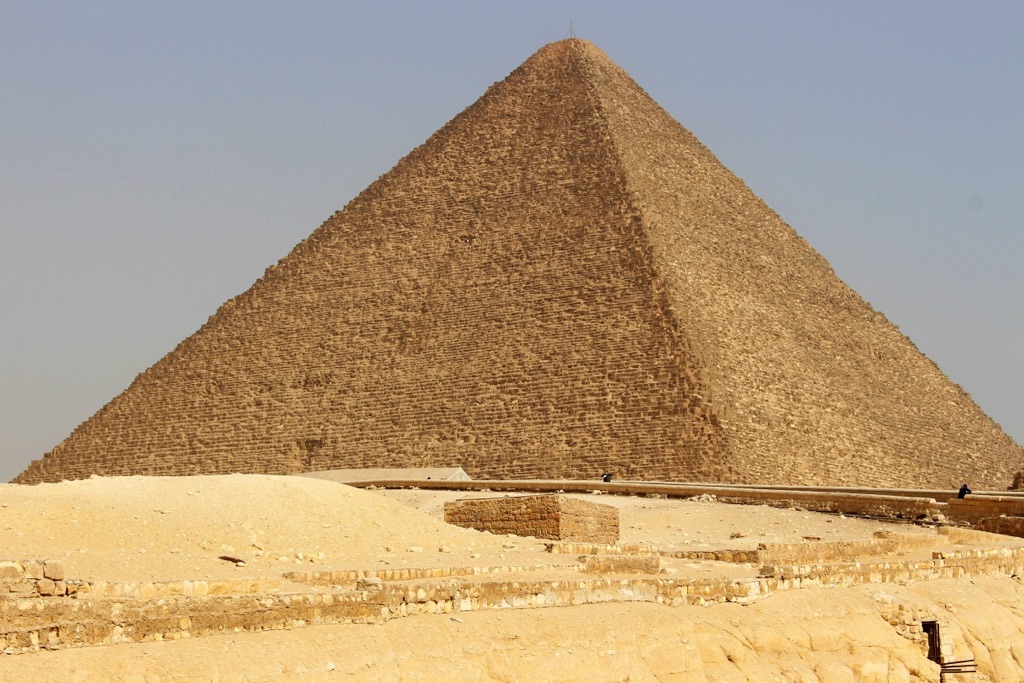
Innovation and Ingenuity
The construction of the pyramids marked an era of groundbreaking ingenuity in ancient Egypt. Laborers used nothing more than copper tools, ropes, and ingenuity to erect these majestic structures. Each colossal block, some weighing several tons, showcases the skill required to build such mammoth monuments. But beyond construction, these pyramids hold religious significance, designed to guide the souls of the kings to the heavens. Inscribed with hieroglyphs, the pyramids also offer valuable insights into the language, culture, and knowledge of astronomy of the ancient Egyptians. Even today, they influence modern architecture, embodying the spirit of human endeavor across ages and prolonging the legacy of the pharaohs into eternity.
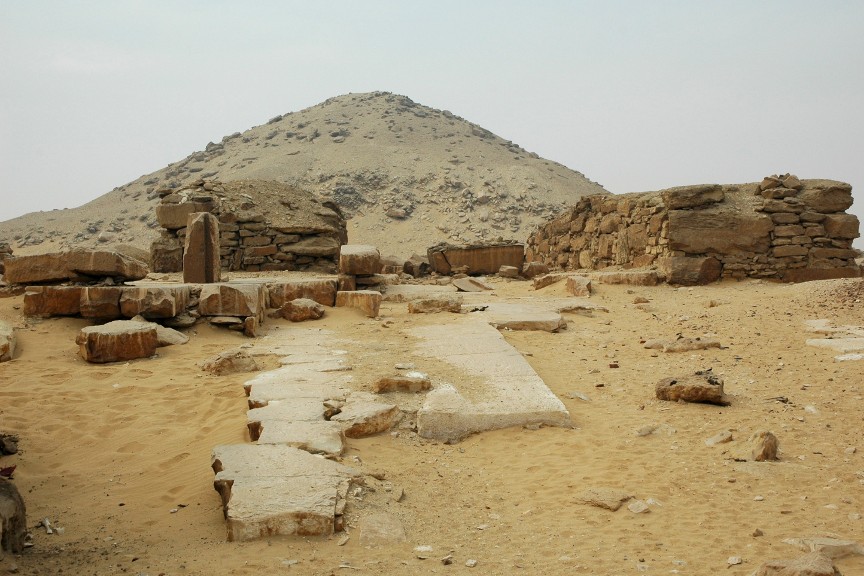
The Egyptian Pyramids: Monuments of Eternity
Standing as a testament to human ingenuity, the Egyptian Pyramids captivate the world’s imagination. These architectural wonders have withstood time, symbolizing the powerful legacy of Egypt’s ancient civilization. The Great Pyramid of Giza, in particular, showcases the Egyptians’ mastery of construction, continues to draw scholars and tourists alike. Its precise alignment with the stars adds to its enduring mystery and allure. As time capsules of historical riches, the pyramids hold tales of past pharaohs and the labor of thousands who built them.
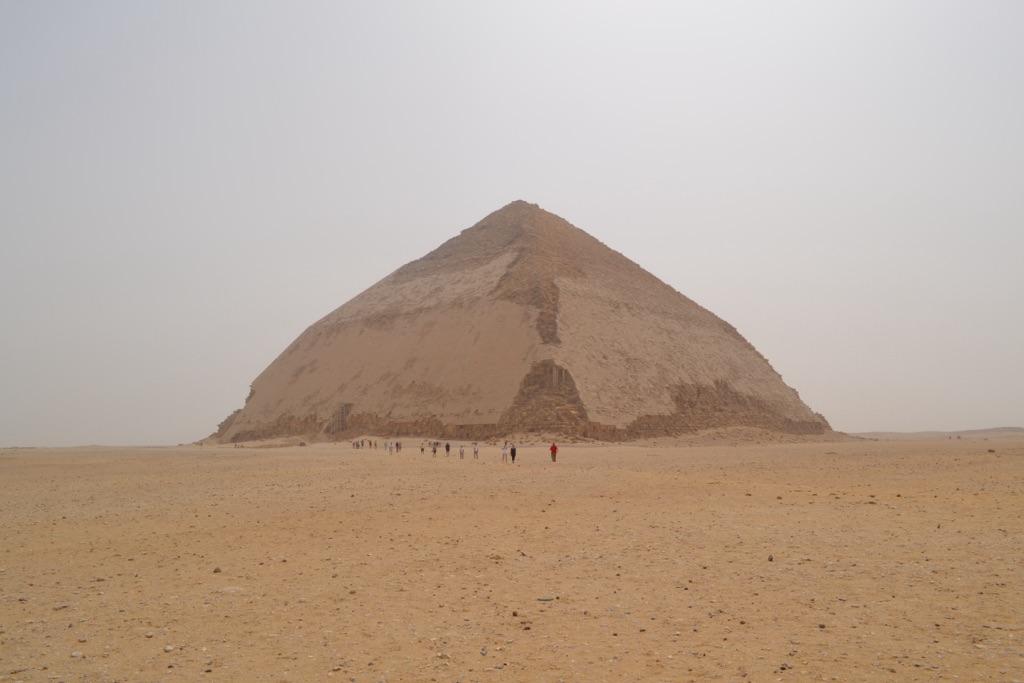
Architectural Marvels of Ancient Egypt
The pyramids exemplify engineering feats unmatched in antiquity. Builders used advanced mathematics and astronomy to create these monuments. Unlike modern skyscrapers built with cranes and technology, these monoliths rose from manual labor, simple tools, and brilliant minds. The precision in crafting each limestone block to fit seamlessly into place still puzzles today’s engineers. They represent an unbroken connection to the past, offering insight into the lives, beliefs, and capabilities of the ancient builders.
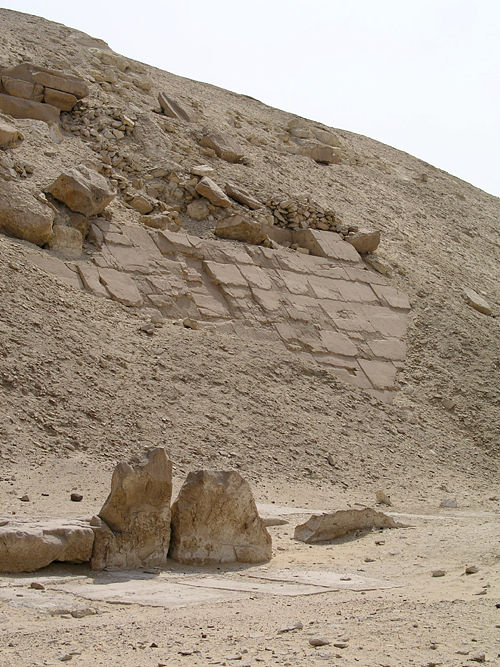
Unveiling the Mysteries
Despite centuries of study, the pyramids hold secrets yet to uncover. Experts are unraveling new findings through advanced scanning technologies and archaeological research. These revelations bring us closer to understanding the construction methods and purpose behind these edifices. Tombs for the pharaohs, they also had a deeper metaphysical significance, symbolizing the ascent to the afterlife. Inside, intricate hieroglyphs and treasures point to a civilization deeply invested in the journey beyond this life. As excavations continue, the Egyptian Pyramids promise more discoveries, ensuring their place as eternal monuments of human history.
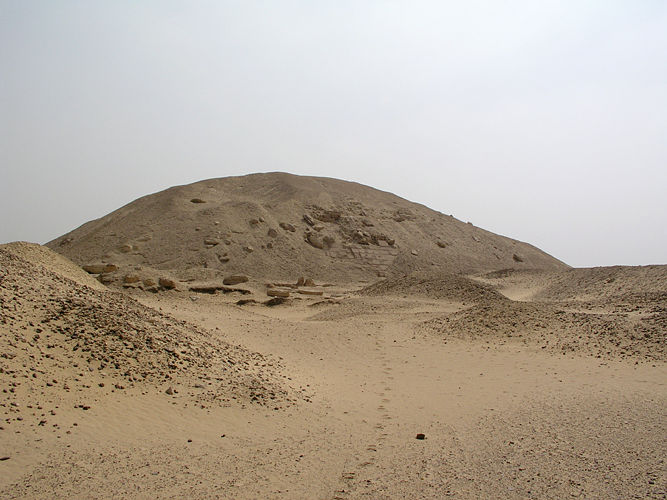
The Architectural Marvel of the Pyramids
The Great Pyramids of Giza stand as a testament to the ingenuity and skill of ancient Egyptian civilization. These monumental structures have captivated the world for centuries. They showcase a mastery of engineering and architecture. Built as tombs to house the pharaohs and their treasures for the afterlife, the pyramids are geometrically precise. This reflects a deep understanding of mathematics and astronomy.
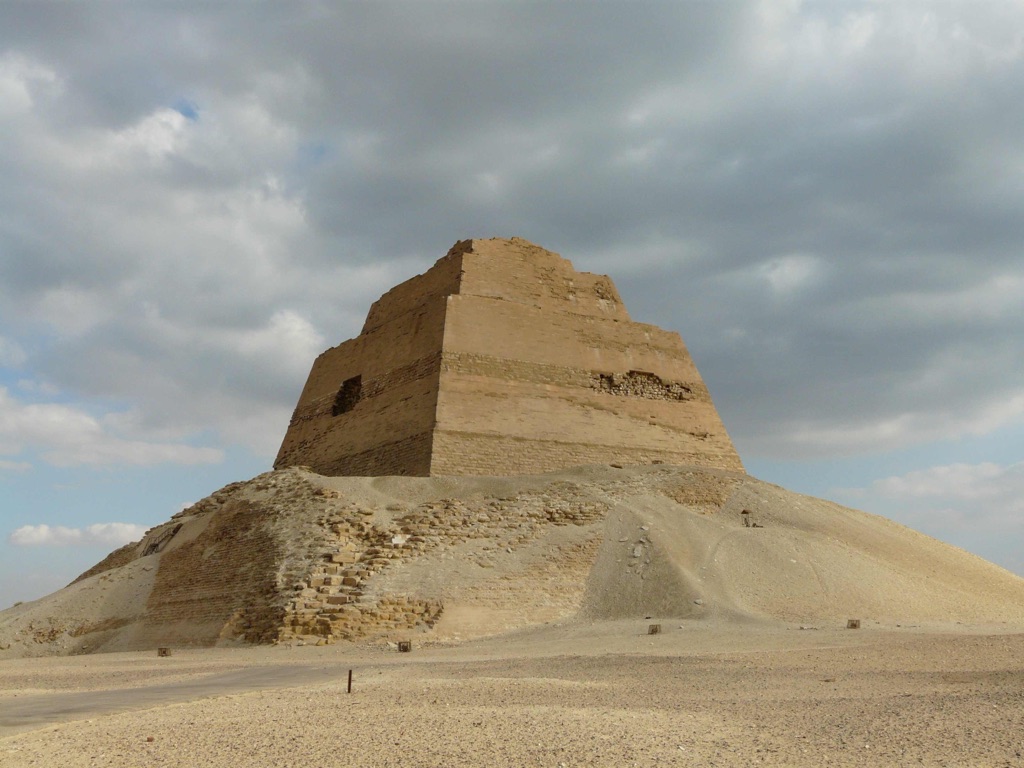
Construction Techniques Unveiled
To create these wonders, thousands of skilled laborers toiled together. They used nothing more than copper tools and sheer human effort. Massive blocks of limestone and granite were transported from miles away. This was done without modern machinery. The precise alignment of the pyramids with celestial bodies hints at a sophisticated knowledge of the stars. It suggests a coordinated effort that would be daunting even today.
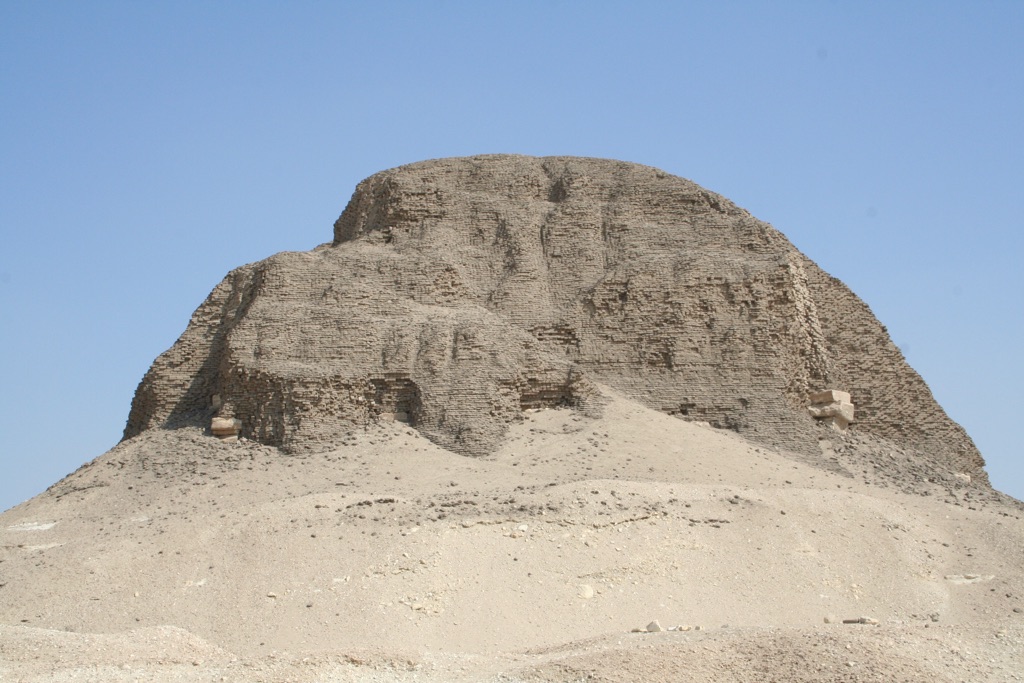
Inside the Pyramids
Within these pyramids lie a network of chambers and passageways. These defy simple explanation. The pharaoh’s burial chamber was intricately designed to protect its precious contents. The corridors leading to these chambers were often booby-trapped. This was to deter would-be grave robbers. To this day, the inner workings of the pyramids continue to be a source of discovery and wonder. Archaeologists and historians have spent years uncovering their secrets.
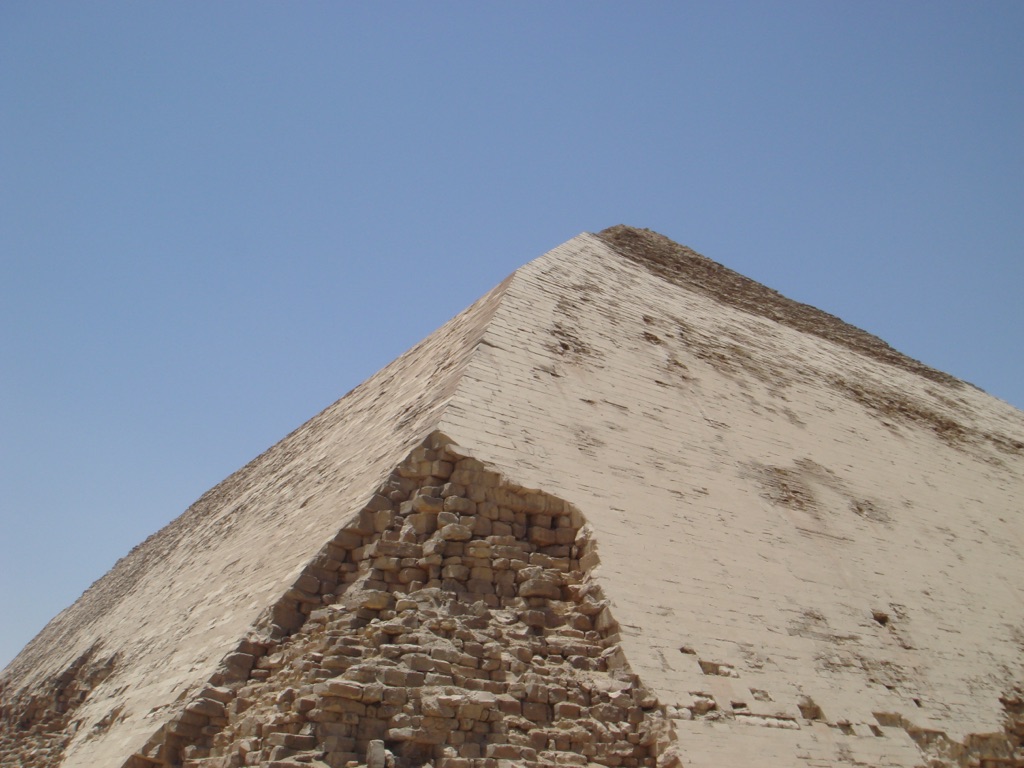
Enduring Through Millennia
Despite the harsh desert environment and the passage of time, the pyramids remain largely intact. This serves as a powerful reminder of their durability. Made from millions of stones, they each weigh tons. These structures have withstood the test of time when many other ancient wonders have crumbled. The pyramids’ endurance is a testament to the Egyptian builders’ forward-thinking designs and meticulous craftsmanship.
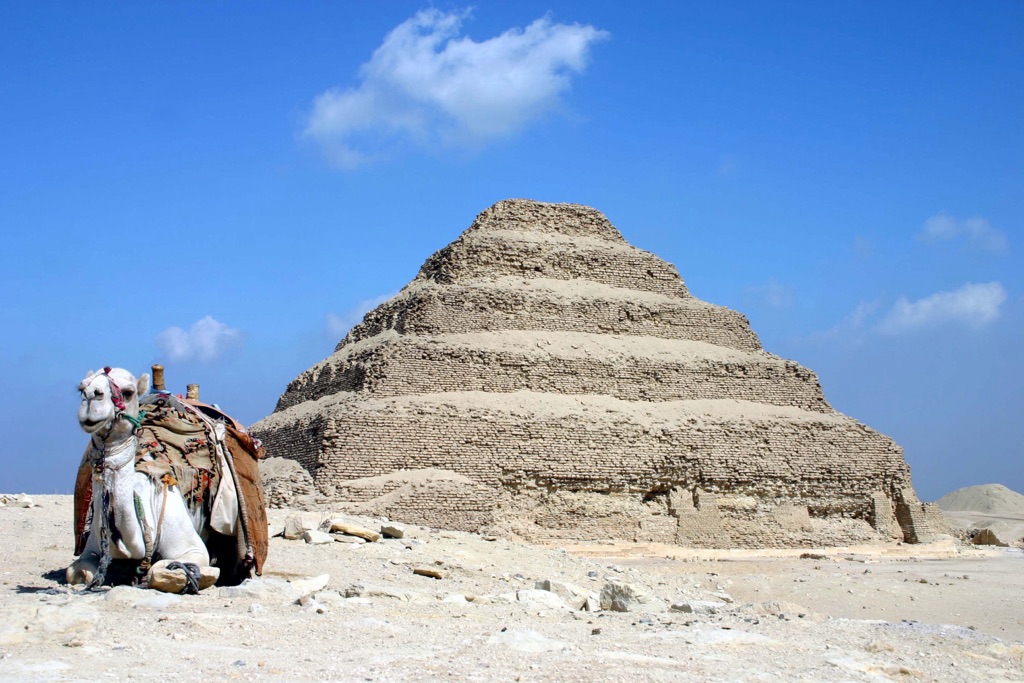
The Pyramids of Giza: A Closer Look
The Pyramids of Giza stand as an awe-inspiring cluster of architectural wonders on the outskirts of Cairo, Egypt. For centuries, they have captured the imagination of travelers, scholars, and dreamers alike. Among these colossal structures, the Great Pyramid of Khufu reigns supreme as the largest and oldest. It’s an amazing feat of engineering and a centerpiece in the history of ancient construction. The pyramids serve as a tangible link to Egypt’s powerful past, fueling curiosity and study about the civilization that flourished around the Nile.
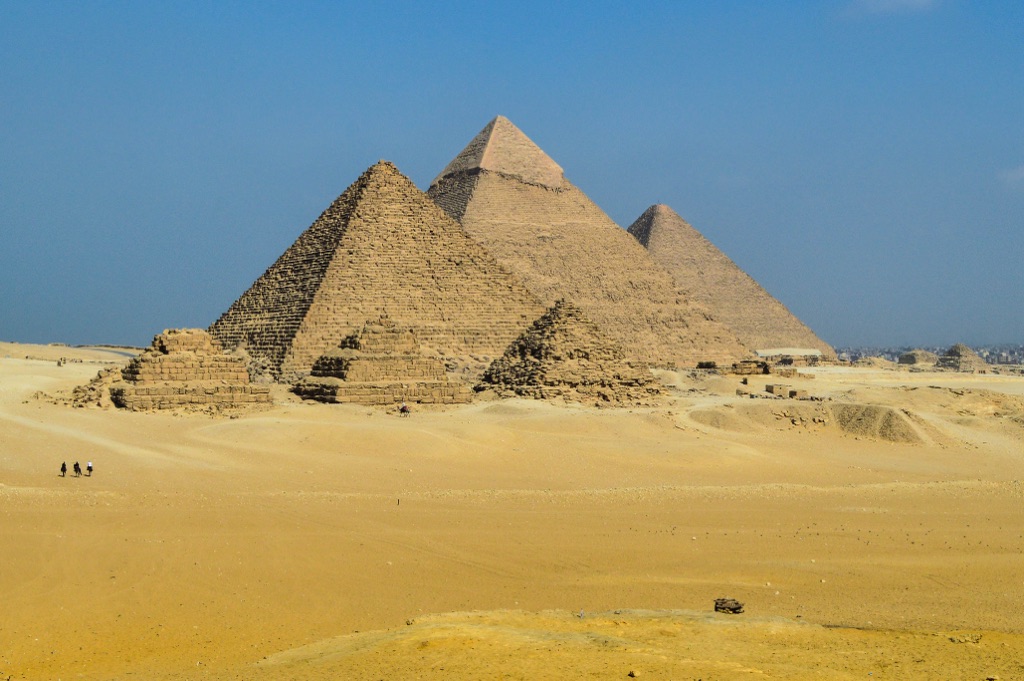
Unveiling the Architectural Splendor
The prowess of ancient Egyptian builders shines through in the precise alignment and design of the pyramids. Observing the harmonious layering of limestone blocks, we see incredible skill and knowledge at work. Each stone fits perfectly with its neighbor, creating a smooth, reflective surface that once gleamed in the sun. Surprisingly, the pyramids were originally built as tombs, a resting place for pharaohs. They exemplify beliefs in the afterlife and the importance of preserving legacies. Inscriptions and artifacts within provide a peak into ancient rituals and the culture’s cosmological outlook.
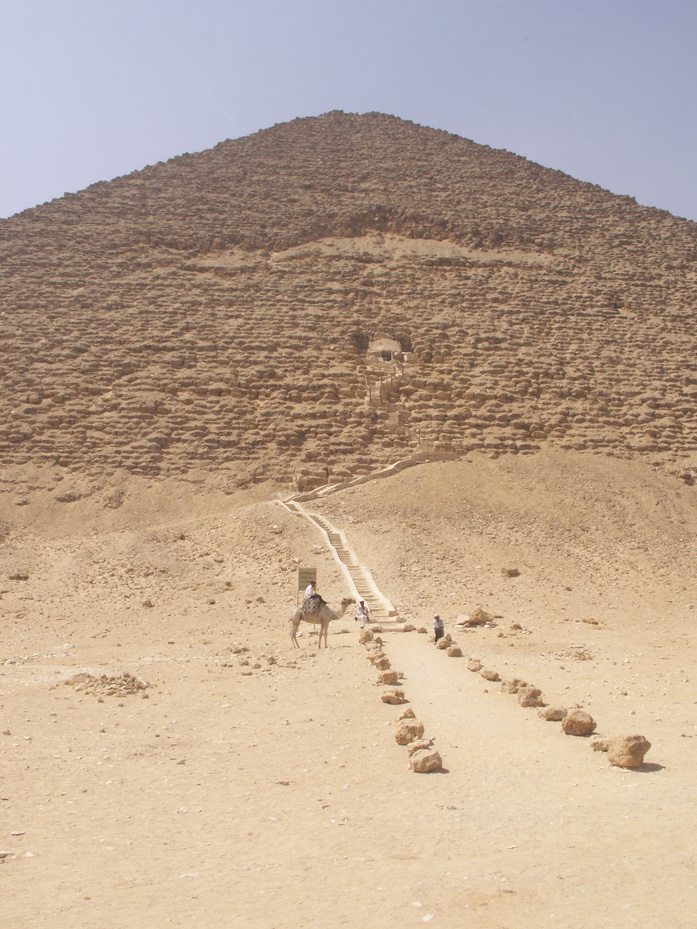
The Mystique of the Sphinx
Guarding the Giza complex is the enigmatic Great Sphinx, a monumental statue merging the body of a lion with the head of a pharaoh. This colossal sentinel, carved directly from bedrock, has sparked endless debate and research. Its weathered visage holds secrets to the pyramid builders’ universe, suggesting a deeper understanding of symbology and astronomical alignment. The Sphinx continues to be the subject of restoration efforts, which ensure its silent gaze endures as a symbol of the ancient world’s lasting legacy.
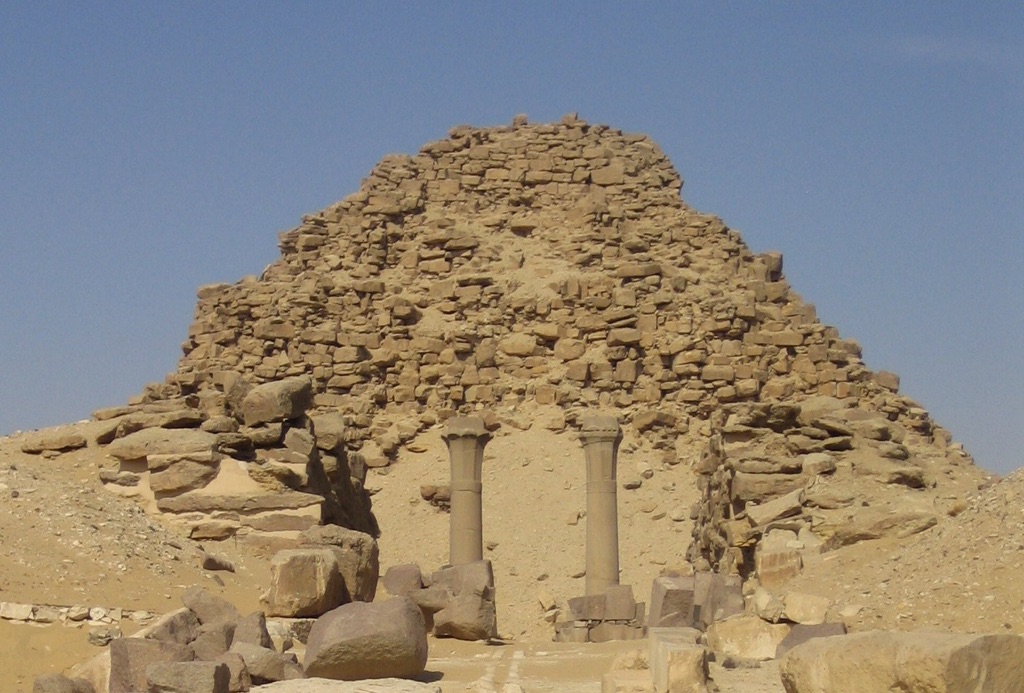
Construction Techniques and Labor Force
Innovative Building Methods
The rise of technology influences how we create structures. Builders now use computer-aided design to plan. This change leads to more precise and faster constructions. Advanced tools like 3D printing are also in play. They allow for complex components to be made with ease. Such innovations mean projects finish quicker. They cost less too. Workers need to stay up-to-date with these techniques. So, they have the skills needed for modern building tasks. These new methods are transforming the industry.

Enhancing Skill Sets
Skills are vital in the construction industry. Today’s workers need a mix of classic and modern knowledge. Traditional skills like masonry and carpentry remain important. Yet, understanding modern machinery is crucial too. Workers must know how to operate electronic equipment. Training programs are key. They prepare the labor force for the evolving demands of construction. This leads to better work quality. Plus, it improves safety on site. Continuous learning is the trend now. It ensures workers meet the changing needs of their trade.
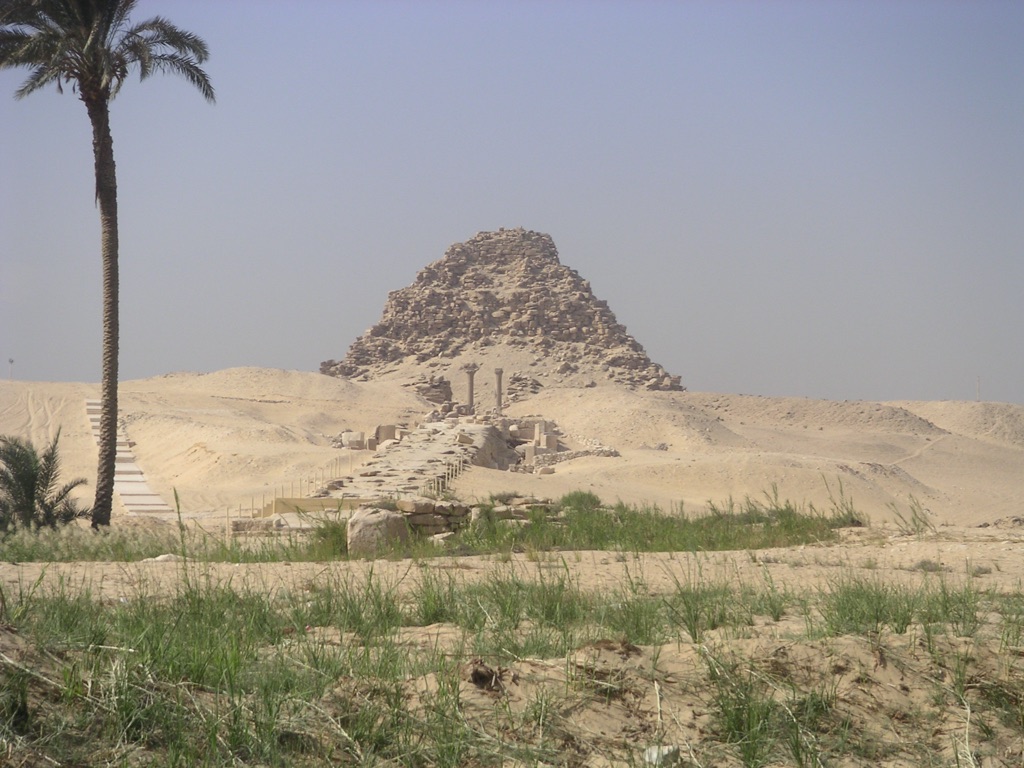
Labor Management Strategies
Good labor management is the backbone of construction projects. It makes sure that the work progresses as planned. Efficient scheduling is one such strategy. It ensures all workers know their tasks and timelines. Clear communication is vital. It avoids misunderstandings and delays. Work teams that communicate well perform better. They complete projects more efficiently. Investing in the right labor force can make a huge difference to project success. Employers need to balance skill, experience, and teamwork. This brings out the best in their workforce.

For further reading and to validate the information presented in this article, the following sources are recommended:

